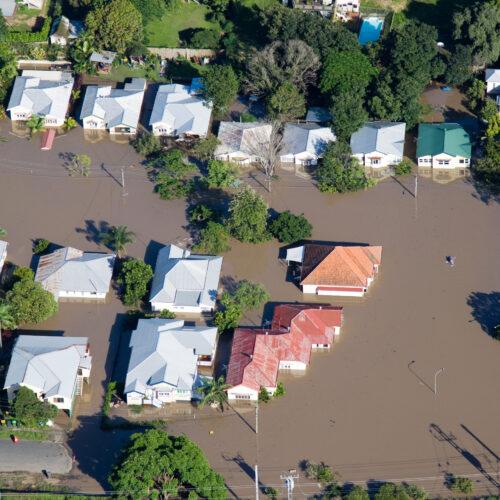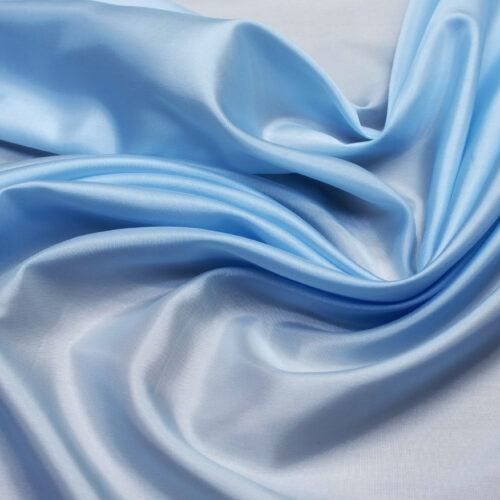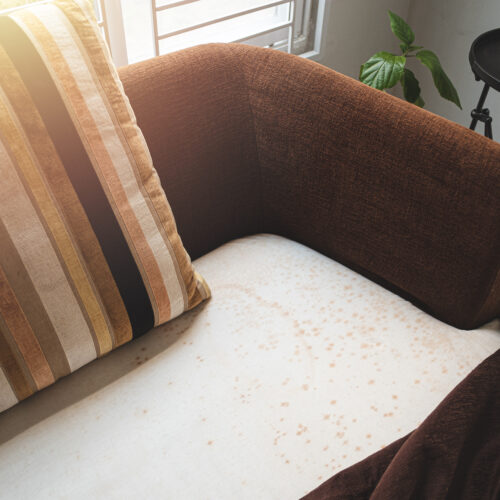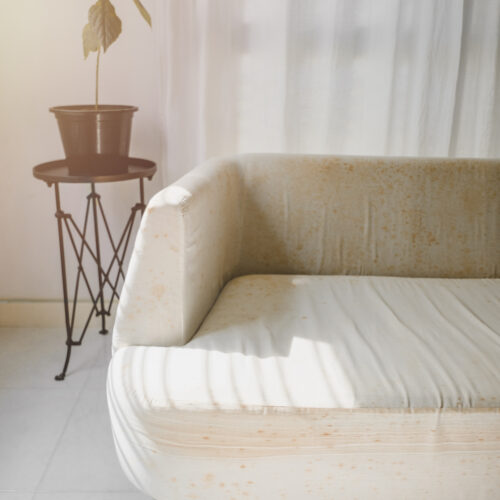May 23rd, 2024 | Infection Control

The ‘Mastering Flood Clean-Up’ webinar delves into the intricacies of flood cleanup and make-safe operations, covering vital aspects such as [...]
Read more
Viscose – a viscous orange-brown solution obtained by treating cellulose with sodium hydroxide and carbon disulphide, used as the basis of [...]
Read more
Removing mould from natural fabric upholstery can be particularly challenging, as natural fibres like cotton, linen, and wool can act [...]
Read more
Removing mould from synthetic fabric upholstery is known to be challenging due to the delicate nature of many synthetic fibres [...]
Read more